Pholiota aurivella
Scientific name: Pholiota aurivella (Batsch) P. Kumm.
Derivation of name: Phol- means "scale" referring to the
scaly caps of many species in the genus.
Aure- means
"gold" or "golden" and vell- means "fleece." Aurivella,
then, means "golden fleece."
Synonyms: Agaricus aurivellus Batsch
Common name(s): Golden Pholiota.
Phylum: Basidiomycota
Order: Agaricales
Family: Strophariaceae
Occurrence on wood substrate: Saprobic/parasitic;
typically in clusters on dead or living deciduous or conifer
wood; July through November.
Dimensions: Caps 4-15 cm wide; stipes 5-7.5 cm long
and 5-15 mm thick.
Cap: Sticky to slippery/slimy; yellow to yellowish-orange;
surface covered with large, flattened, wine-red scales.
Gills: Attached; yellowish at first, becoming rusty-brown.
Spore print: Brownish.
Stipe: Dry; colored like the cap or paler; scaly below the
ring, whitish above the ring.
Veil: Fibrous, whitish, partial veil leaving an evanescent ring
or zone of fibers
on the upper stalk.
Comments: Michael Kuo makes the point in the websites
below that there is
usually enough uncertainty due to age,
variable and
overlapping traits, and weather conditions,
that microscopic
analysis may be required to confirm
identifications for this
and most Pholiota species. For
example, Pholiota aurivella is similar in every
way to
Pholiota limonella except for smaller spores.
More information at MushroomExpert.com:
More information at MushroomExpert.com:
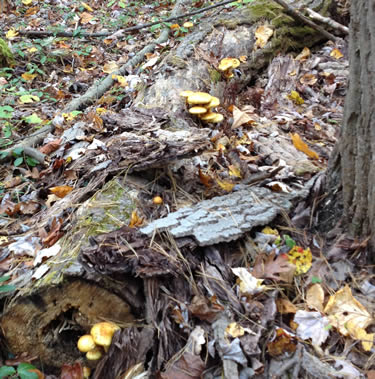
Figure 1. Three clusters of
Pholiota aurivella
growing on a
log from a deciduous tree. Photo © Michael Emberger.
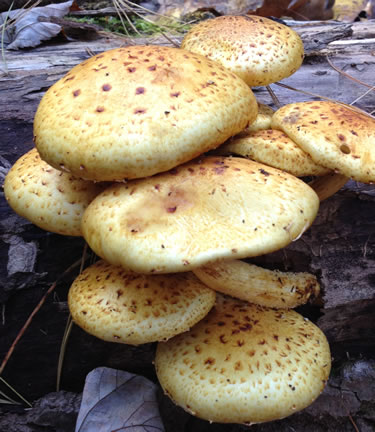
Figure 2. Mature specimens with conspicuous, flattened,
wine-red scales. The cap surface is just slightly sticky.
Photo © Michael Emberger.
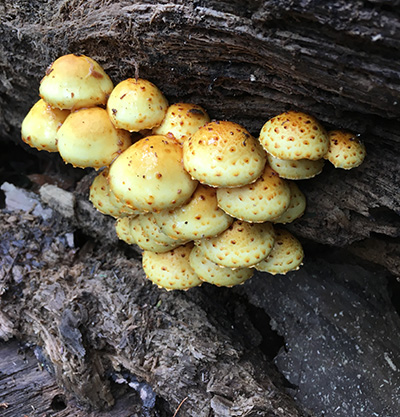
Figure 3.
Cluster of Pholiota aurivella on a log. Note that some
caps may have very few scales. Photo © Gary Emberger.
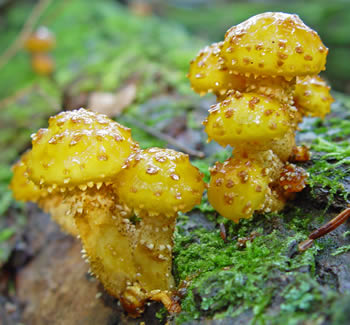
Figure 4. The viscid, slimy cap surface is quite evident in
these young specimens. Photo © David Work.
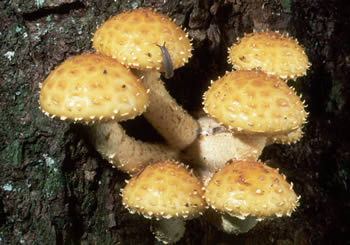
Figure 5. Note that the scales may not be completely
flattened. Also, scales can be washed
off by rain which
can complicate the identification process.
Photo © William Roody.